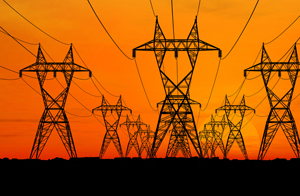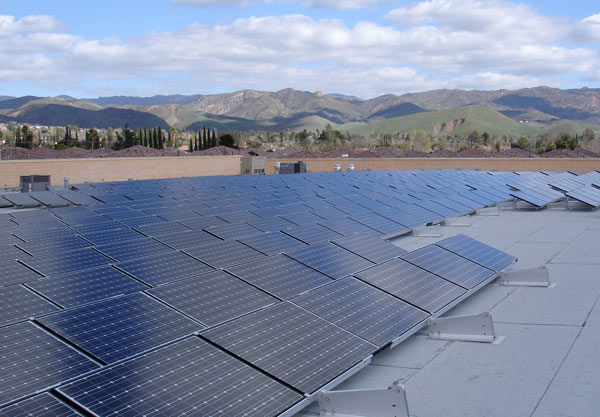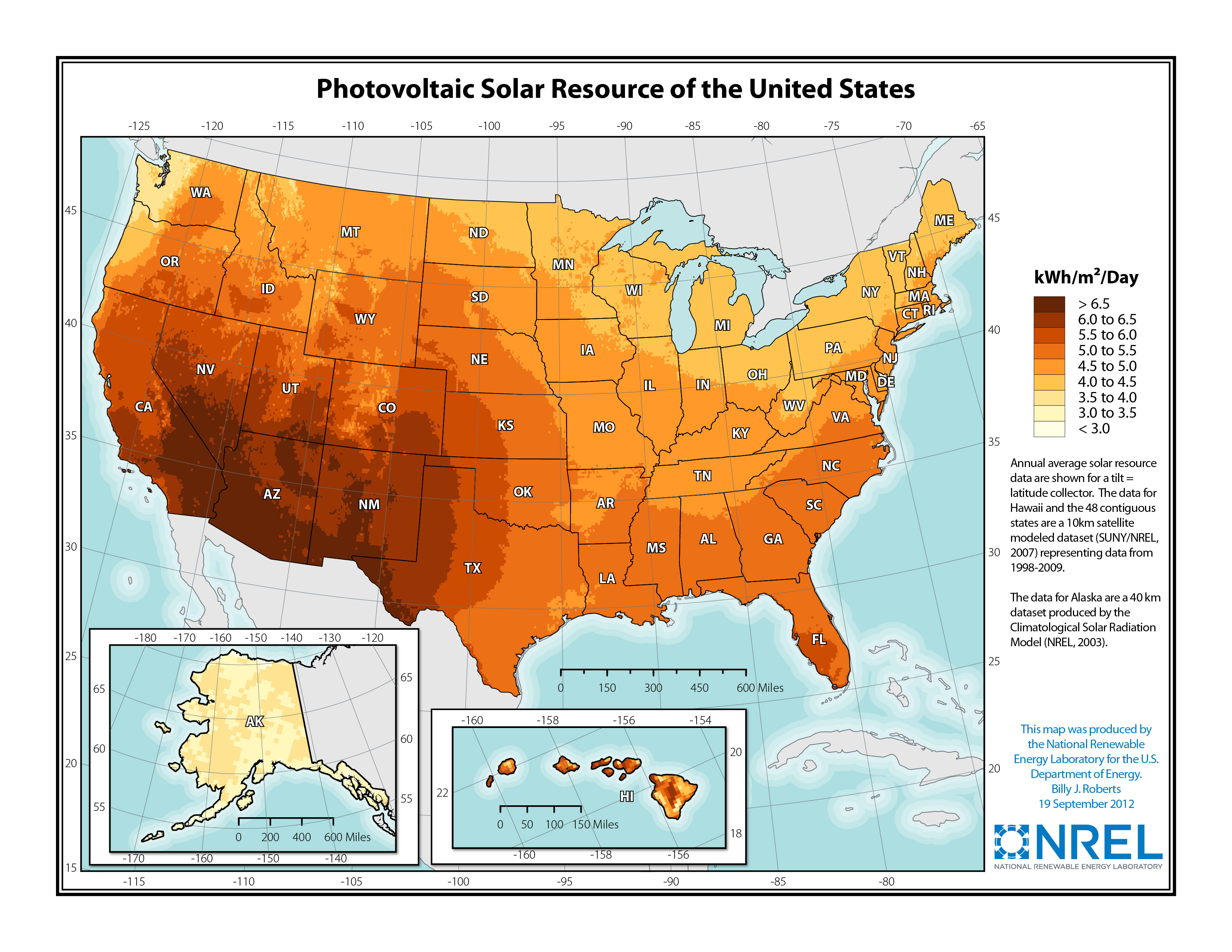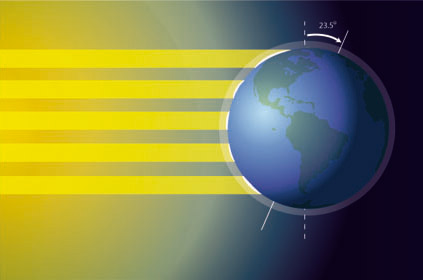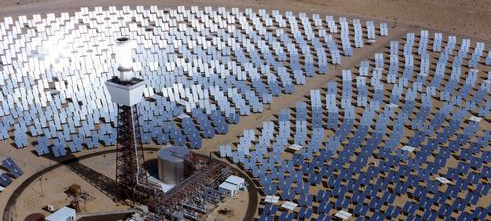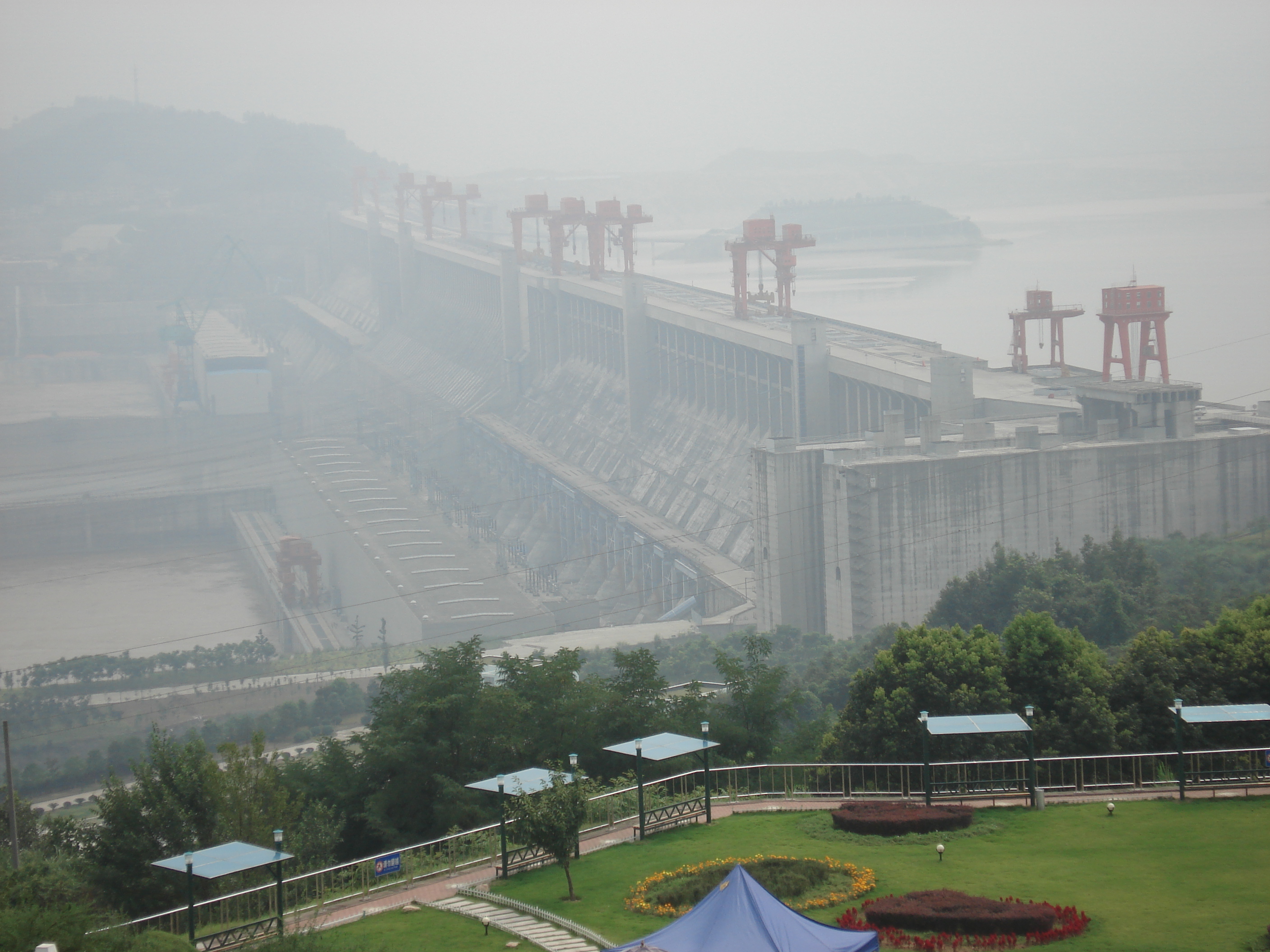I was struggling to write a post about PV solar panels (the struggling part came in while trying to describe the quantum mechanics that take place), and realized that I need to describe how our power grid works in far greater detail than I had before. What follows is the gory details about how power is transmitted to your home. This is important because while solar power costs 5x as much as coal on the wholesale market, it only costs about 2x as much as coal at your house. Sometimes less. This is because coal-powered electricity is wheeled and dealed through several players as it reaches you, and is marked up every time. Solar power dumps straight into your home. Some of you are gonna love this article, others have already closed it.
On a logistical note, I haven't posted in the last two weeks cause I am too busy with life things to write both the blog and play computer games. Computer games sometimes win out. Thanks, X-Com: Enemy Unknown.
Generators, LSEs, Home Energy
Generators are all the different types of power plants we have discussed. They produce power, and in a deregulated market, sell the power to the grid. They are given a price based on demand. We have discussed how each power plant will "bid in" a day ahead and say how much power they can produce at which prices. As more power is demanded, the price will rise to bring more expensive power online. No matter what the power plant bids in, if they are online, they will get the per-MWh payment of the most expensive plant to come online. In other words, the marginal cost of energy production is what each power plant gets paid per MWh. If an expensive power plant is brought on-line for $1000/MWh, for instance, every single plant that is operating will receive that.
Okay, we have also seen the cost to produce power in several posts. It makes sense to repeat it here.
| U.S. AVERAGE LEVELIZED COSTS (2011 $/MEGAWATTHOUR) FOR PLANTS ENTERING SERVICE IN 2018 | ||||||
|---|---|---|---|---|---|---|
| PLANT TYPE | CAPACITY FACTOR (%) | LEVELIZED CAPITAL COST | FIXED O&M | VARIABLE O&M (INCLUDING FUEL) | TRANSMISSION INVESTMENT | TOTAL SYSTEM LEVELIZED COST |
| Dispatchable Technologies | ||||||
| Conventional Coal | 85 | 65.7 | 4.1 | 29.2 | 1.2 | 100.1 |
| Advanced Coal | 85 | 84.4 | 6.8 | 30.7 | 1.2 | 123.0 |
| Advanced Coal with CCS | 85 | 88.4 | 8.8 | 37.2 | 1.2 | 135.5 |
| Natural Gas-fired | ||||||
| Conventional Combined Cycle | 87 | 15.8 | 1.7 | 48.4 | 1.2 | 67.1 |
| Advanced Combined Cycle | 87 | 17.4 | 2.0 | 45.0 | 1.2 | 65.6 |
| Advanced CC with CCS | 87 | 34.0 | 4.1 | 54.1 | 1.2 | 93.4 |
| Conventional Combustion Turbine | 30 | 44.2 | 2.7 | 80.0 | 3.4 | 130.3 |
| Advanced Combustion Turbine | 30 | 30.4 | 2.6 | 68.2 | 3.4 | 104.6 |
| Advanced Nuclear | 90 | 83.4 | 11.6 | 12.3 | 1.1 | 108.4 |
| Geothermal | 92 | 76.2 | 12.0 | 0.0 | 1.4 | 89.6 |
| Biomass | 83 | 53.2 | 14.3 | 42.3 | 1.2 | 111.0 |
| Non-Dispatchable Technologies | ||||||
| Wind | 34 | 70.3 | 13.1 | 0.0 | 3.2 | 86.6 |
| Wind-Offshore | 37 | 193.4 | 22.4 | 0.0 | 5.7 | 221.5 |
| Solar PV1 | 25 | 130.4 | 9.9 | 0.0 | 4.0 | 144.3 |
| Solar Thermal | 20 | 214.2 | 41.4 | 0.0 | 5.9 | 261.5 |
| Hydro2 | 52 | 78.1 | 4.1 | 6.1 | 2.0 | 90.3 |
So the cost to produce is the total system levelized cost (and now you should realize that producing power for $1000/MWh is ridiculously high. Except it has happened recently and momentarily in New England).
People at home don't see the price that a generator gets. Do you notice that you pay about 20 cents per KWh in MA (I use MA cause apparently all my readers are here), it is $200 per MWh. What gives? All these power plants are producing power for way less than that. Except for solar thermal and offshore wind, which both suck and are expensive.
The reason for this is that home/commercial retailers do not buy from the generators and from the wholesale market. Things called Load Serving Entities (LSEs) buy from the wholesale market. Often they will just be your utility company. They then distribute it to end-users or to other complicated things that we don't care about. The end users are your households and commercial things like shopping malls and stores and offices.
Sidebar: One important thing to note is that industry usually buys directly from generators. So while we pay $200/MWh for electricity, a Ford power plant might pay $60/MWh. This has implications that we will discuss later.
So, the LSE buys electricity off the wholesale market. And then marks it up and sells it to consumers. That is why you pay $200/MWh.
RTOs, system management
This section is getting specific, some of you may want to skip to the end of the article, the implications part.
Who tells generators when to come online and manages the wholesale market? Regional Transmission Operators. In New England, our RTO is called ISO-NE, for Independent System Operator of New England. They take bids and determine which power plants produce. They have important things to consider, like making sure a regional power line isn't too congested.
Line Losses
Nearly all power lines lose a percentage of their power as heat. Transmitting long distances loses around 8% of power. This is because there is always some resistance to the flow of electricity. It is like friction for the flowing of electrons. Power lines also have a limit to how much power can flow through them. If you try to go past the limit, they heat up rapidly and lose a ton of power.
The latter is something that the RTOs manage, to make sure that there won't be problems. The former has massive implications for renewable energy. Most of our renewable energy is wind and solar. Like wind in the sparsely populated midwest. And solar in completely unpopulated deserts. Transmitting this power to cities incurs huge line losses. With current capabilities, transmitting power from Iowa wind farms to NYC would make power more expensive than just building the wind farm near NYC, despite that wind in NY sucks (heh, punny). I don't have a source for this, I just saw it at a talk at Harvard.
Implications for installing renewables at home, commercially, and in industry
We pay $200 per MWh of power as residents in Boston. Solar PV in the best cases is $144. This will be in deserts. In MA, we don't get as much sunlight. But for the sake of argument, lets say that the average cost of solar in MA comes out to be $200-$250. With subsidies, it will be less. So would you pay $200 per MWh from your utility, or $200 per MWh to produce your own energy and stick it to the man? Also your own power would be clean, with far less CO2. With subsidies available in places like MA and NJ, solar comes out to less than $200/MWh at home.
Next lets consider commercial places. They also buy from LSEs. This is why you see a ton of them building solar panels. It makes sense economically and gives them a good vibe that the public likes.
Finally, let's consider industry. They buy directly from the wholesale market. So they pay closer to $100/MWh. They won't give two shits about renewables. Because they won't save money by installing renewables on their sites.
And this, my friends, is the trend we see. On-site renewables are adopted by commercial real estate and by residents, and industry is highly unlikely to ever embrace it. Interesting, eh?
Thanks for reading!
-Jason Munster

